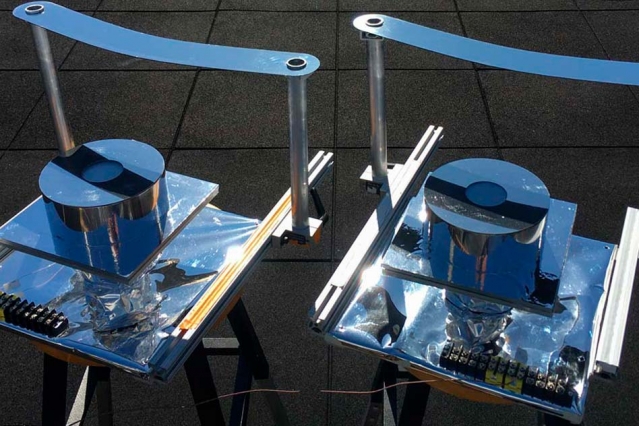
Bikram Bhatia, Arny Leroy, Yichen Shen, Lin Zhao, Melissa Gianello, Duanhui Li, Tian Gu, Juejun Hu, Marin Soljačić & Evelyn N. Wang
DOI: 10.1038/s41467-018–07293‑9
Abstract:
Demonstrations of passive daytime radiative cooling have primarily relied on complex and costly spectrally selective nanophotonic structures with high emissivity in the transparent atmospheric spectral window and high reflectivity in the solar spectrum. Here, we show a directional approach to passive radiative cooling that exploits the angular confinement of solar irradiation in the sky to achieve sub-ambient cooling during the day regardless of the emitter properties in the solar spectrum. We experimentally demonstrate this approach using a setup comprising a polished aluminum disk that reflects direct solar irradiation and a white infrared-transparent polyethylene convection cover that minimizes diffuse solar irradiation. Measurements performed around solar noon show a minimum temperature of 6 °C below ambient temperature and maximum cooling power of 45 W m–2. Our passive cooling approach, realized using commonly available low-cost materials, could improve the performance of existing cooling systems and enable next-generation thermal management and refrigeration solutions.
